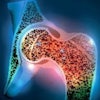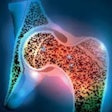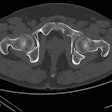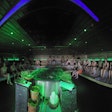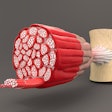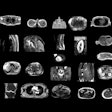French participants in the Tour de France between 1947 and 2012 lived longer than their same-age French counterparts, according to the results of a study marking the centenary of the race this year.
The study included 786 French cyclists who participated at least once in the Tour de France between 1947 and 2012, and compared them with the general French male population of the same age. It was presented at the European Society of Cardiology (ESC) Congress 3 September in Amsterdam, by Dr. Xavier Jouven, PhD, of the European Georges Pompidou hospital in Paris.
The cyclists had participated in a median of 2.5 Tour de France races and were followed for a median of 37.4 years. Their median age at the first race was 25 years. Jouven calculated a standardized mortality ratio based on the actual death rate of the cyclists compared with the death rate in the age-matched French population. A standardized mortality ratio lower than 1 indicated the cyclists had a lower mortality rate than the general population, whereas a standardized mortality ratio greater than 1 indicated higher mortality.
The study found of the 786 cyclists, 208 (26%) had died by 1 September 2012, for a standardized mortality ratio of 0.59 and a mortality rate 41% lower than the general population, according to Jouven.
The cyclists' standardized mortality ratio was consistent across different periods, and corresponded to the reported or suspected use of cocaine and amphetamines (1947 to 1970), androgens and anabolic steroids (1971 to 1990), and growth hormone and erythropoietin (1991 to 2012), Jouven found.
The standardized mortality ratios were also consistent across all age groups of cyclists, except for those younger than 30 years, in whom a nonsignificantly higher death rate was observed (SMR 1.65) compared with the general population. Jouven attributed the increased death rate in this age group to a high frequency of traffic or race accident deaths.



